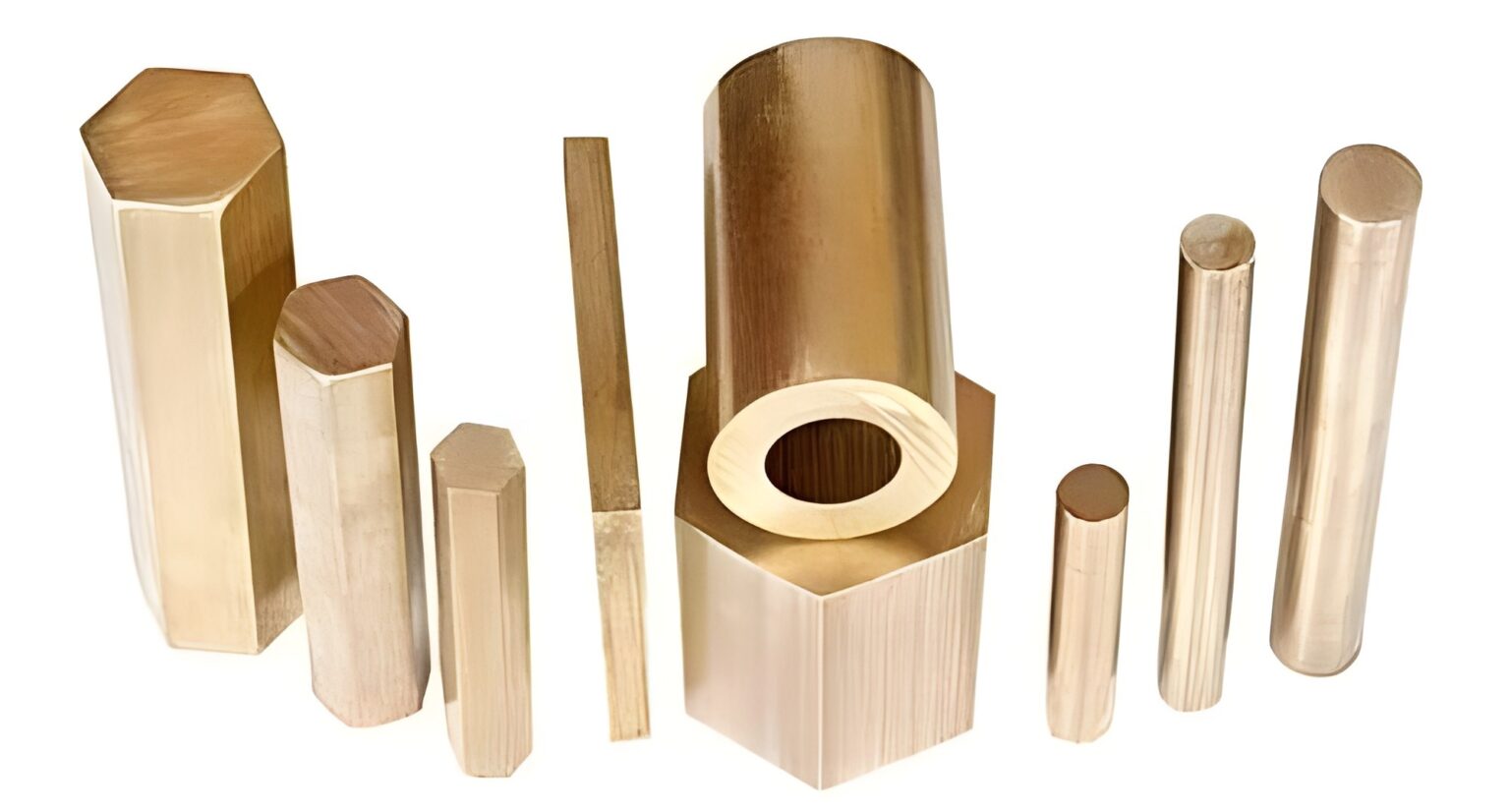FREE CUTTING BRASS
Leaded brasses, commonly referred to as free-cutting brasses, are designed to offer superior machinability, making them ideal for high-speed machining processes. The addition of lead in these alloys improves their machinability by creating a lubricating effect during cutting and reducing friction.
Composition
- Copper (Cu):Approximately 57-61%
- Zinc (Zn):Approximately 35-39%
- Lead (Pb):Approximately 2.5-3.5%
- Other elements: May include small amounts of iron (Fe), tin (Sn), and aluminum (Al) to enhance specific properties.
GRADES
ASTM B 455 / B 16 C 38500 / C 36000:
BS 2874 CZ-121Pb3 or CZ124:
JIS 3250 H C3604 or C3602:
Properties:
- Corrosion Resistance:
- Good general corrosion resistance, suitable for many industrial and commercial applications.
- Moderate resistance to dezincification, not typically suitable for highly aggressive environments.
- Mechanical Properties:
- Tensile Strength:Typically around 350-450 MPa.
- Yield Strength: Approximately 100-250 MPa.
- Elongation: Generally around 20-30%, indicating good ductility
- Hardness: Moderate hardness, with a typical Brinell hardness number (HB) of around 80-120.
- Machinability:
- Excellent machinability due to the presence of lead, making it ideal for high-speed machining and turning operations.
- Often used in automatic screw machines and other machining equipment.
- Thermal and Electrical Conductivity:
- Good thermal conductivity, making it suitable for use in plumbing and heating systems.
- Moderate electrical conductivity, lower than pure copper but sufficient for many industrial applications.
Applications:
- Machined Components: Extensively used in the production of precision machined components, such as fittings, connectors, valves, and fasteners
- Automotive and Aerospace: Employed in automotive and aerospace industries for components requiring precise machining and reliable performance.
- Electrical and Plumbing Systems: Used in electrical connectors and plumbing fittings due to its good machinability and adequate corrosion resistance.
- Industrial Equipment: Suitable for various industrial equipment parts, including gears, bearings, and bushings, where precise machining is required.
